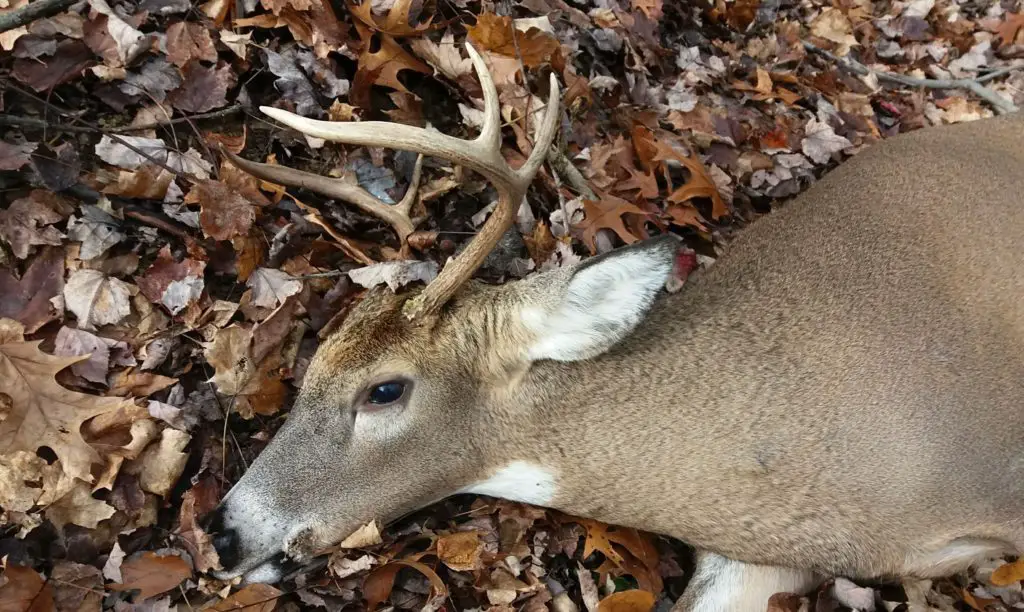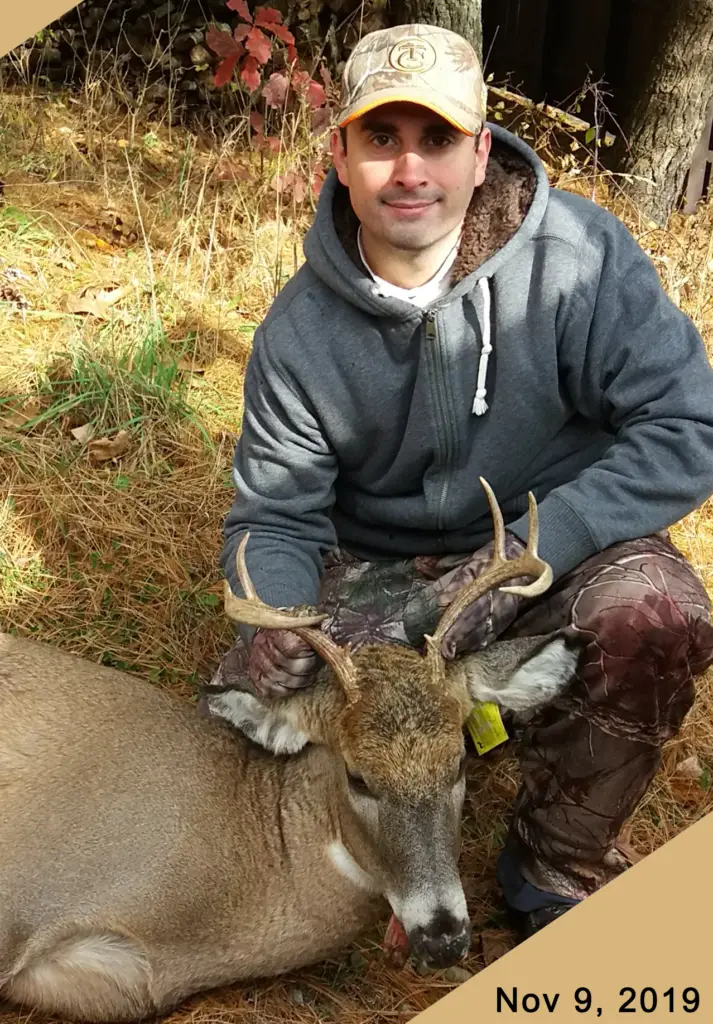Show Notes:
Once the rut is over deer behavior begins to change and so do hunting conditions. On this episode I talk about what tactics you can use to be successful at late season deer hunting.
Take Aways:
- After the rut, bucks go back to their home range and does settle down.
- Fewer hunters are in the woods when winter begins so hunting pressure begins to diminish.
- The woods have less food, less cover, and less water for deer.
- Deer are taking less chances and covering less ground.
- All day sits are not necessary in winter and can actually be counter productive.
- When you take all of these and more factors into account, there are some great strategies for late season hunting. Listen to this episode to hear them.


